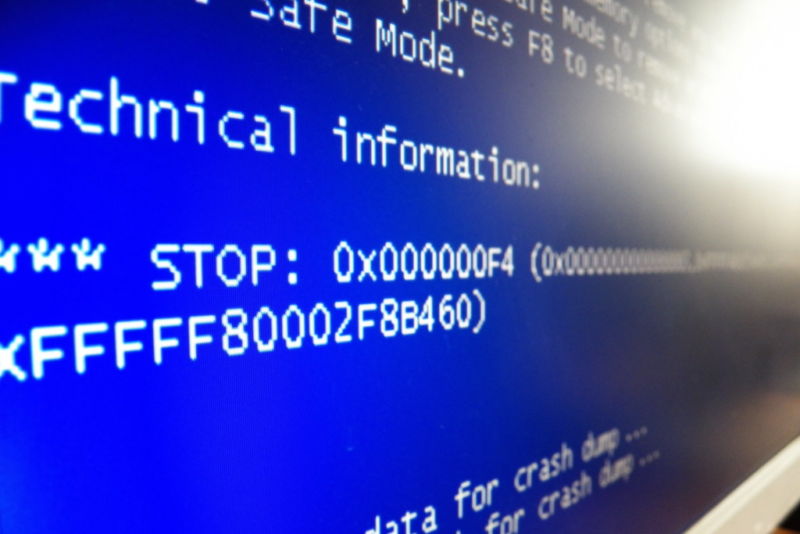Systemd is used by Debian, Arch, Fedora, Ubuntu, and many downstream distros.
Windows' infamous "Blue Screen of Death" is a bit of a punchline. People have made a hobby of spotting them out in the wild, and in some circles, they remain a byword for the supposed flakiness and instability of PCs. To this day, networked PCs in macOS are represented by beige CRT monitors displaying a BSOD.
But the BSOD is supposed to be a diagnostic tool, an informational screen that technicians can use to begin homing in on the problem that caused the crash in the first place; that old Windows' BSOD error codes were often so broad and vague as to be useless doesn't make the idea a bad one. Today, version 255 of the Linux systemd project honors that original intent by adding a systemd-bsod component that generates a full-screen display of some error messages when a Linux system crashes.
The systemd-bsod component is currently listed as "experimental" and "subject to change." But the functionality is simple: any logged error message that reaches the LOG_EMERG level will be displayed full-screen to allow people to take a photo or write it down. Phoronix reports that, as with BSODs in modern Windows, the Linux version will also generate a QR code to make it easier to look up information on your phone.
It's a small change to a single software project, but systemd manages services and system settings for the vast majority of the big Linux distributions, including but not limited to Debian, Fedora, Arch, Ubuntu, CentOS, Red Hat Enterprise Linux, and many other downstream distros. The odds are good that whatever Linux version you're using will see this version of systemd eventually, depending on how often and how aggressively it integrates new upstream software packages and how quickly you migrate to new releases when they come out.
Version 255 of systemd has dozens of other features and fixes, most of them more useful and more significant than the new Blue Screen of Death feature. This includes many additions related to TPM support, disk encryption, and the ability to use hibernation with btrfs file systems. But none of these improvements are quite as funny as the thought of a hardcore Linux snob suddenly staring down a blue screen error just as they're typing "Micro$oft" into their latest forum post.
- Karlston
-

 1
1



Recommended Comments
There are no comments to display.
Join the conversation
You can post now and register later. If you have an account, sign in now to post with your account.
Note: Your post will require moderator approval before it will be visible.